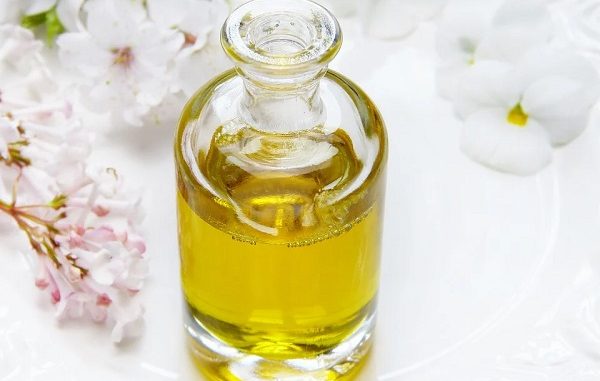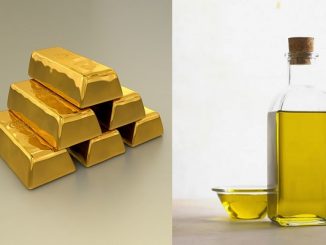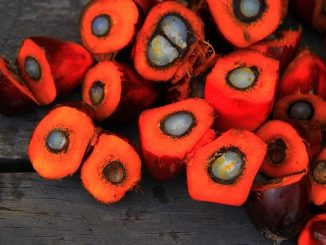
May 20: To achieve self-sufficiency in the production of oilseeds, the Ministry of Agriculture and Farmers Welfare has adopted a multi-pronged strategy. Under the strategy, the Government of India has approved an ambitious plan for the free distribution of high yielding varieties of seeds to the farmers for the Kharif season 2021 in the form of mini-kits.The special Kharif programme will bring an additional 6.37 lakh hectare area under oilseeds and is likely to produce 120.26 lakh quintals of oilseeds and edible oil amounting to 24.36 lakh quintals.
To become Aatmanirbhar in oilseeds, Union Agriculture Minister Shri Narendra Singh Tomar also put emphasis on enhancing the productivity of oilseeds by increasing the availability of high yielding varieties of seeds for the farmers to use on their fields. Accordingly, the special Kharif plan was discussed in detail with the State Governments in a webinar in April 2021 and also in the KharifConference on 30th April 2021.Through these consultations, both area and productivity enhancement has been formulated for soybean and groundnut with a focus on high yielding varieties of seeds to be provided free of cost under the National Food Security Mission (Oil Seeds and Oil Palm) Mission as under;
- Distribution of soybean seeds for intercropping for 41 districts in the 6 states of Madhya Pradesh, Maharashtra, Rajasthan, Gujarat, Karnataka, Telangana and Chhattisgarh costing Rs76.03 crore and covering 1,47,500 ha.
- Distribution of soybean seeds for high potential districts in 73 districts of the 8 states of Madhya Pradesh, Maharashtra, Rajasthan, Telangana, Karnataka, UP, Chhattisgarh and Gujarat costing Rs 104 crore and 3,90,000 ha.
- Distribution of mini kits in 90 districts of the 9 states of Madhya Pradesh, Maharashtra, Rajasthan, Karnataka, Telangana Chhattisgarh, Gujarat, UP and Bihar costing Rs 40 crore. The area to be covered will be 1,006,636 ha and the number of mini-kits will be 8,16,435.
- The soybean seeds to be distributed will be having a yield of not less than 20 qtl/ha. The distribution of seeds for intercropping and high potential districts will be through the state seed agencies and the seeds for the mini-kits will be through the Central seed producing agencies.
- Distribution of 74,000 Groundnut seed mini kits in the 7 states of Gujarat, AP, Rajasthan, Karnataka, Maharashtra, Madhya Pradesh and Tamil Nadu covering costing Rs 13.03 crorefor seeds not less than 22 Qtl/ha.
About National Mission on Oilseeds and Oil Palm
The Government of India through the National Mission on Oilseeds and Oil Palm has the objective to augment the availability of edible oils and reduce the import of edible oils by increasing the production and productivity of oilseeds and oil palm. To this end a multi-pronged strategy is being adopted which includes the following:
- Increasing the seed replacement ratio with focus on varietal replacement
- Increasing irrigation coverage
- Nutrient management
- Intercropping with cereals/pulses/sugarcane
- Productivity improvement and adoption of proven and climate-resilient technologies
- Area expansion through diversification of low yielding food grains.
- Targeting rice fallow areas and high potential districts
- Promotion in non-traditional states
- Encouraging mechanization
- Research projects
- Training of farmers and extension officials
- Supporting cluster demonstrations for the adoption of good agricultural practices
- Creation of 36 oilseed hubs with a focus on regional approach for larger availability of quality seeds
- Post-harvest management at farm and village level
- Formation of Farmer Producer Organisations
As a result of the above efforts, the production of oilseeds has increased from 27.51 million tonnes in 2014-15 to 37.31 million tonnes in 2020-21 (2nd advance estimates), while the area has increased from 25.99 million hectares to 28.82 million hectares and yield from 1075 kg/hectares to 1295 kg/hectares during the same corresponding period.
Disclaimer: We donot claim that the images used as part of the news published are always owned by us. From time to time, we use images sourced as part of news or any related images or representations. Kindly take a look at our image usage policy on how we select the image that are used as part of the news.

